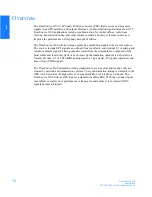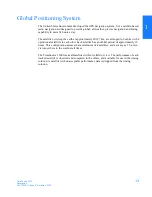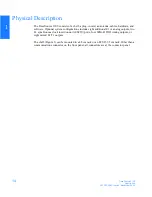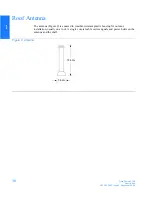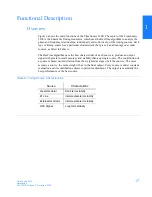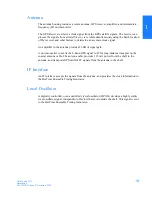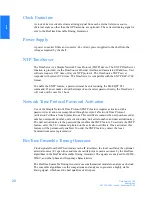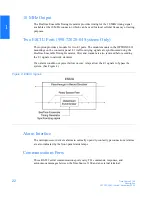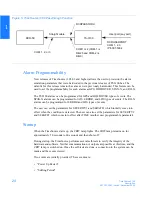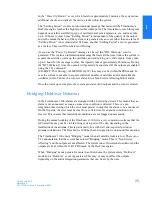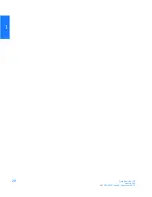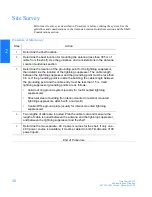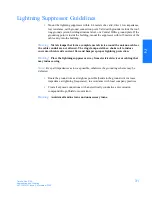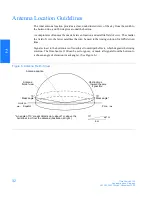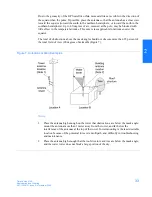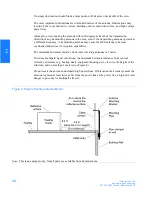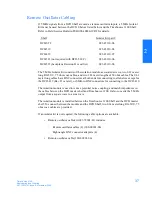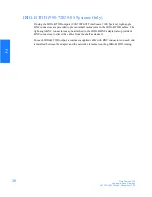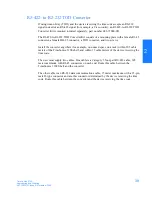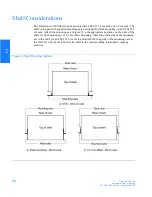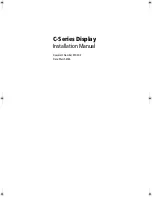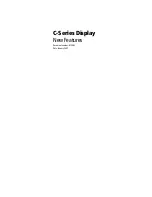
26
TimeSource 3100
Description
097-72020-01 Issue 9: November 2003
S
S
S
S
S
S
S
S
S
S
S
S
S
S
S
S
S
S
S
S
S
S
S
S
S
S
S
S
S
S
S
S
S
S
S
S
S
S
S
1
The system allows the user to set various parameters for GPS error, Holdover error, and
SPAN error conditions. These parameters are:
• Initial Severity
• Initial Service Affecting state
• Integration Time
• Final Severity
• Final Service Affecting state
The system also allows the user to set a parameter to define how outputs should behave in an
alarm condition. Outputs can be set to AIS, Squelch, or SSM on an alarm. Outputs can also
be set to ignore alarm conditions.
When the “Holdover” event is announced, it is announced with the Initial Severity and
Initial Service Affecting state. If the “Holdover” event persists for the length of the
Integration Time, the alarm is escalated to the Final Severity and Final Service Affecting
state.
The “Holdover” event/alarm is cleared when the satellites are visible again.
Time Figure of Merit
Time Figure of Merit (TFOM) is a moving 24 hour measurement reported in nanosecond
(ns) against an ideal model. TFOM has a frequency component used to measure GPS
wander caused by multipath and a time loop component used to measure long term oscillator
wander.
The TFOM alarm threshold is set to 500 ns and is not user configurable. A TFOM below
500 ns indicates a stable clock well within PRS output performance specifications. A TFOM
between 500 ns and 800 ns is an early warning of a clock becoming unstable and in danger
of going out of PRS specification. When the TFOM exceeds 800 ns, the clock is no longer
meeting the stratum 1 MTIE mask.
TFOM is most useful for installations where the antenna has a limited view to the sky. This
is defined as any installation where fewer than 4 satellites are in view for greater than 1 hour
per day on average. This is typical for installations where the antenna is mounted in a
window or on an outside wall of a building, but can also include rooftop installations with
partial sky view blockage. TFOM’s primary use is to help troubleshoot multipath issues
associated with antenna placement and incorrect latitude, longitude, and/or altitude
(location) data entry.
Installations with full view to the sky see 4 satellites 23+ hours a day, seven days a week. It
is relatively easy to filter out multipath signals using multiple satellites and simple voting
schemes. In addition, rooftop antennas are mounted vertically and all signals below the
horizon are obvious multipath interference and can be masked out of the system. With 4
Summary of Contents for TimeSource 3100
Page 1: ...TimeSource 3100 GPS Primary Reference Source 097 72020 01 Issue 9 November 2003 ...
Page 49: ...3 Chapter Installation This chapter provides the steps required for installation and power up ...
Page 109: ...Chapter 4 TL1 Reference This chapter provides information for using the TL1 language ...
Page 203: ...Chapter 6 Specifications This chapter provides equipment specifications ...

